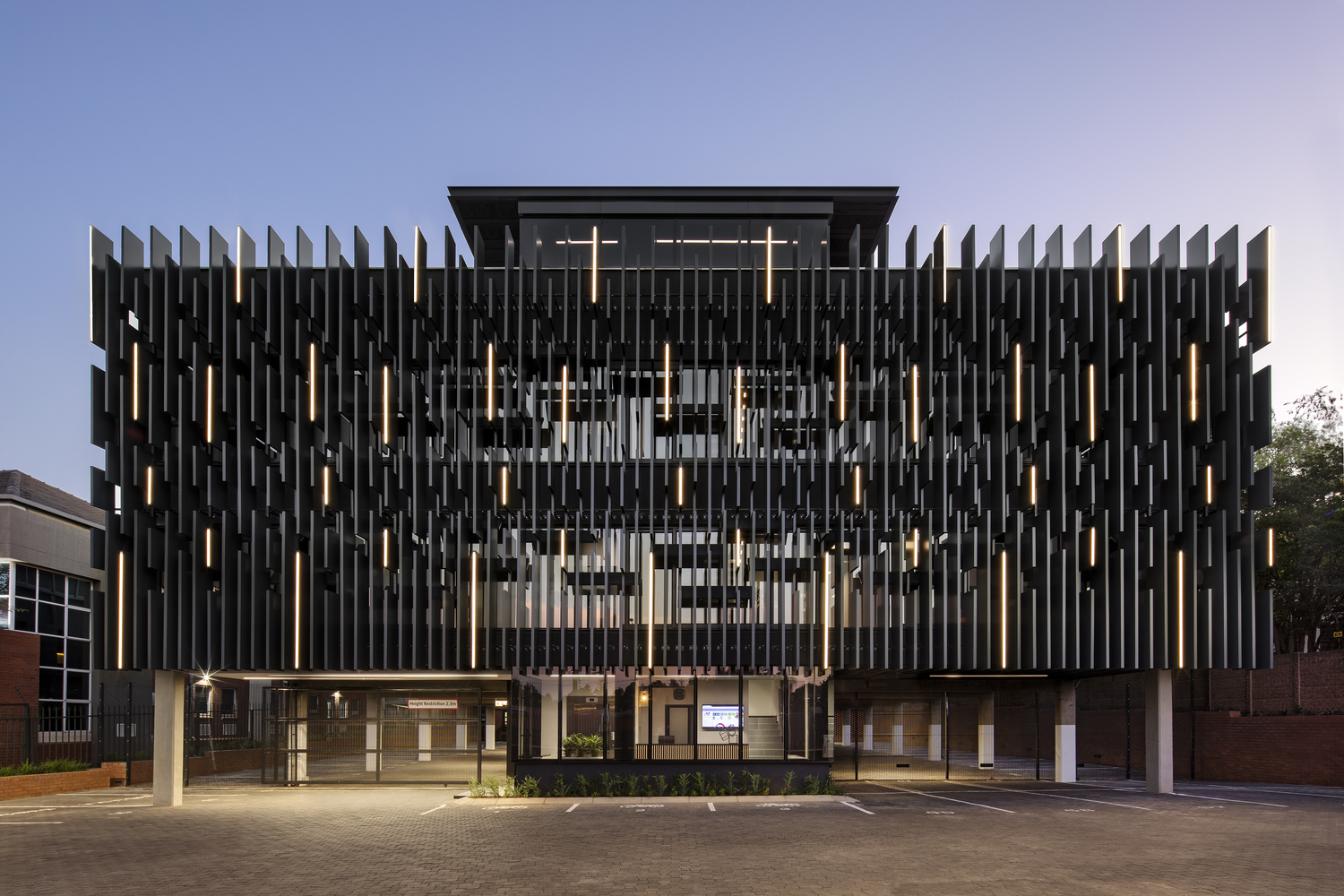The 2025 changes to California’s multifamily development lighting energy mandates are designed to further enhance energy efficiency and reduce greenhouse gas emissions.
“Lighting is one of the biggest changes with non-residential standards,” notes Brian Selby of Sacramento-based Selby Energy. “Allowed watts per square footage is lower now. The lighting power density (LPD) requirements are now based [entirely] on LED, not fluorescent, lighting.”
What’s new in the energy regulations?
- Stricter demand responsive lighting controls 110.12(c)
- Demand responsive controlled receptacles 110.12(e)
- Manual area controls clarification for use of a scene control 130.1(a)
- Open office shut-off controls by smaller zones + 2-stage for “large” offices 130.1(c)6D
- Secondary zone for daylight responsive controls now mandatory for all projects 130.1(d)
- Decreased lighting power allowances 140.6(c)
- New section: multifamily requirements separated 150-180

When asked about how today’s builders, designers and planners may overcome code-related obstacles, Selby said that the biggest challenge is for smaller projects that don’t necessarily have a designated lighting contractor.
“Sometimes, they get to the end of the job and the building inspector asks for a certificate — and no one knows who’s responsible,” he observes.
The head of one of the agencies that certifies acceptance test technicians, Michael Scalzo, who runs the National Lighting Contractors Association of America (NLCAA), said that interpretation and education are the main challenges with Title 24.
“There’s a lack of education from the end user to the acceptance tester,” Scalzo noted, “and there’s misunderstanding. People interpret codes to their advantage. For example, under daylighting controls, there’s an exception that states that if you get below a LPD, you don’t need controls—but some interpret that as not needing any control. Then, when the acceptance tester comes out, they run into this problem.”

What is demand responsive lighting?
Demand responsive lighting is a type of energy management system that automatically adjusts lighting levels in response to changes in energy demand or pricing.This technology helps to reduce energy consumption during peak demand periods, which can help to alleviate strain on the electrical grid and lower energy costs.
Demand responsive receptacles
Demand responsive receptacles are electrical outlets that can be remotely controlled to reduce energy consumption during peak demand periods. These outlets are often equipped with sensors or connected to a central control system to monitor energy usage and adjust the power supply accordingly.
How do they work?
- Monitoring: The outlets or the central control system monitor the overall energy consumption of a building or facility.
- Peak detection: When energy demand reaches a peak, the system identifies the outlets that are consuming the most power.
- Power reduction: The outlets can then be remotely controlled to reduce or temporarily cut off power to non-essential devices.
- Load shedding: In extreme cases, the system may shed loads by automatically disconnecting certain circuits or devices to prevent overloading.
Why are demand responsive regulations controversial?
Equity issues
Some critics argue that demand responsive regulations may disproportionately impact low-income households and small businesses, which may have limited resources to invest in energy-efficient technologies or adjust their operations.
Consumer privacy
Demand responsive regulations often involve collecting and analyzing data on energy consumption. This raises concerns about consumer privacy and the potential for misuse of personal information.
Technological limitations
The effectiveness of demand responsive regulations may be limited by technological factors, such as the availability and affordability of smart grid technologies and the reliability of communication networks.
Despite these challenges, demand responsive regulations are seen as a promising tool for achieving energy independence and reducing our carbon footprint. However, it is important to carefully consider the potential economic, social, and environmental impacts of these regulations when developing and implementing them.





